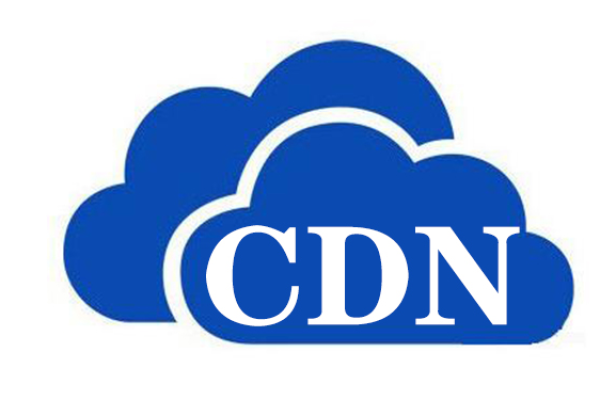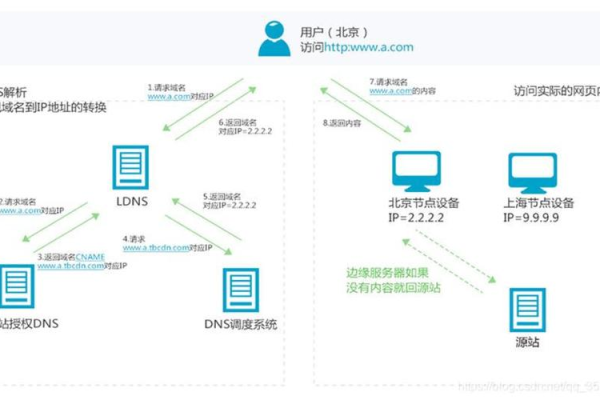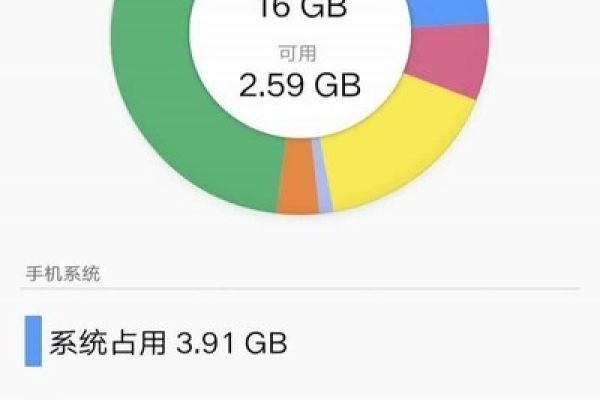cdn group
- 行业动态
- 2025-02-19
- 9
CDN Group Notice
CDN (Content Delivery Network), commonly known as content distribution network, is a distributed network architecture composed of multiple servers deployed globally. Its core objective is to cache and distribute static resources such as HTML, CSS, JavaScript, images, etc., stored on the source server to edge nodes (also known as PoPs, Points of Presence) close to users. When users request these resources, the CDN can quickly provide responses from nearby edge nodes, reducing the distance and time delay between users and the data source, thereby improving access speed and user experience.
1. Basic Components of CDN
Source Server: Stores the original content of the website, such as HTML pages, images, videos, etc. When content changes on the source server, it will generate a new version and transmit it to the CDN.
Edge Server: Deployed globally in various locations, storing part or all of the content from the source server. Edge servers are responsible for providing content to end-users and are usually the first point of contact for users.
Load Balancer: Used to distribute user requests evenly across multiple edge servers to avoid overloading any single server and to ensure high availability and fault tolerance.
DNS: Resolves user domain names to IP addresses and maps them to the nearest edge node, ensuring users can access the fastest CDN node.
Cache: Stores copies of content on edge servers. When users request content, the CDN attempts to return the cached content instead of fetching it from the origin server, reducing load and improving response speed.
2. Working Principles of CDN

User Request: The user’s device sends an HTTP(S) request to the CDN to access content.
DNS Resolution: The DNS resolves the domain name to the IP address of the nearest edge node.
Request Routing: The CDN’s global load balancer routes the request to the optimal edge node based on factors like geographic location, network conditions, and server load.
Content Delivery: If the edge node has a cached version of the requested content, it delivers this directly to the user. If not, the edge node retrieves the content from the origin server, caches it (if configured), and then provides it to the user.
Advantages of CDN
Improved Performance: By caching and delivering content from nearby locations, CDNs significantly reduce latency and speed up content delivery.

Reduced Bandwidth Costs: Offloading traffic from the origin server reduces bandwidth consumption and associated costs.
Enhanced Security: CDNs offer security features like DDoS protection, SSL/TLS encryption, and Web Application Firewalls (WAF), safeguarding websites from common threats.
Increased Reliability: With multiple geographically distributed nodes, CDNs provide redundancy and failover capabilities, ensuring content remains accessible even if some nodes experience issues.
Scalability: CDNs easily handle traffic spikes by dynamically allocating resources across their extensive network.
4. Application Scenarios of CDN

Website Acceleration: CDNs cache and deliver entire web pages more quickly than traditional hosting methods.
Video Streaming: Specialized CDNs optimize video delivery with adaptive bitrate streaming and fast initial buffering.
Download Acceleration: CDNs expedite large file downloads through multipart segmentation and parallel transmission.
Security Enhancement: CDNs protect against DDoS attacks, secure data transfers with SSL/TLS, and filter malicious requests.
In summary, CDN plays an important role in accelerating the delivery of web content and enhancing user experience. It achieves efficient content delivery and improved user experience through global distribution, caching technology, load balancing, and other means.















